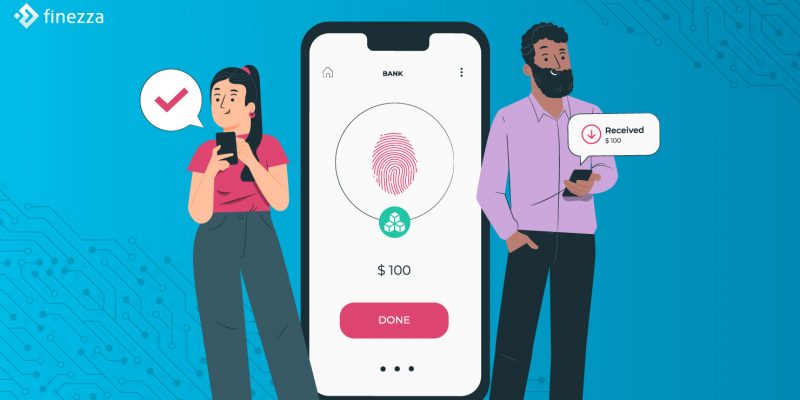From significant regulators in Mumbai to Blockchain specialists in cities like Delhi, Bengaluru, and Hyderabad, multiple Indian metropolises are snagging the title of ‘fintech hubs’. With a boom in startup growth and a boost from governmental support, the Indian fintech industry has become a force to reckon with. However, the unprecedented rate at which the […]
Challenges and Opportunities Facing India’s Digital Microfinance
The Internet revolution and increased mobile penetration across rural markets have fuelled the emergence of digital technologies in India’s microfinance sector over the last decade. MFIs have now begun to adapt to new technology trends for faster loan origination, efficient customer service and delivering flexible lending requirements using alternate channels. The proliferation of low-cost mobile […]
Critical Things to Note for a Successful Debt Recovery Strategy
One of the business tactics used by banks to earn interest is to offer debt in the form of loans. However, keeping a low non-performing loan rate is a challenging endeavour. It takes time and resources to complete the collection procedure for each possible defaulter. The debt collection became even more challenging because debtors and […]
Top 5 Mobile Banking Trends to Look Out for in 2022
While 2020 was marked with uncertainties for all the industries, 2021 was geared towards businesses adjusting their strategies for a once-in-a-lifetime pandemic. Digitisation of user experience, for instance, was at the heart of the pandemic-era innovation. The pandemic-led lockdowns urged people to adopt digital ways of performing routine transactions. As a result, “95% of transactions […]
The Rise of Co-Lending and How it Can Ease Credit Availability
Businesses need substantial working capital to maintain their cash flow, ensure smooth functioning, and boost profitability. With time, many small lenders have made a tremendous impact by availing credit to businesses in sectors such as small and medium enterprises (SMEs), agriculture and education. This has also led to difficulty in getting capital for non-banks to […]
Four Loan Recovery Techniques Every Lender Must Know About!
Every lending operation is two-way traffic, which generally involves extending a loan and then recovering that loan. However, the ground reality is far from being two-process simple. Many financial institutions and lenders have to bear the brunt of delinquent loans despite keeping numerous checks in place. And if these loans are left unchecked, their bulk […]






